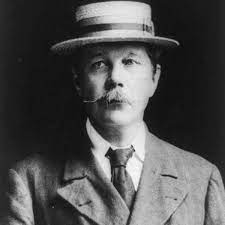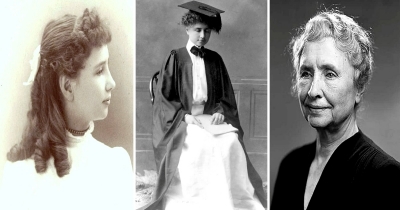Who was Sir Arthur Ignatius Conan Doyle?

Sir Arthur Ignatius Conan Doyle (22 May 1859 – 7 July 1930) was a British writer and physician. He created the character Sherlock Holmes in 1887 for A Study in Scarlet, the first of four novels and fifty-six short stories about Holmes and Dr. Watson. The Sherlock Holmes stories are milestones in the field of crime fiction.
Doyle was a prolific writer; other than Holmes stories, his works include fantasy and science fiction stories about Professor Challenger and humorous stories about the Napoleonic soldier Brigadier Gerard, as well as plays, romances, poetry, non-fiction, and historical novels. One of Doyle's early short stories, "J. Habakuk Jephson's Statement" (1884), helped to popularise the mystery of the Mary Celeste.
While pursuing his degree he made his writing debut with a short story named, The Mystery of Sasassa Valley. Later he wrote Captain of the Pole Star inspired by his adventurous journey on a ship as a surgeon. On his return Doyle relinquished his Catholic faith as he found himself immensely invested in Spiritualism. He practiced medicine as an oculist but as it did not work out for him, he found refuge in writing. It was his studies that facilitated him to emerge as a remarkable writer.
He finally got the much awaited break with the release of A Study in Scarlet, introducing the phenomenal detective Sherlock Holmes. Doyle drew inspiration for this exceptional character from his professor Dr. Joseph Bell. Dr. Bell was a surgeon with an eccentric attribute of reading people by deducing telltale signs in their appearance. Doyle penned down over 50 stories based on the character of Sherlock. Late 19th and early 20th century marked as the height of his writing career as he continued to write Sherlock novels. In order to concentrate on his Spiritual writings he abandoned Sherlock Holmes series by killing off the character. However, later he was made to bring back the character by popular demand.
A prolific writer like Arthur Conan Doyle proved in himself in multifarious genres of writings. His genius was highlighted in his literary works which ranged from poetry, historical fiction, spiritual works, non-fictional writings to sci-fi and fantasy short stories.
Credit : Famous Authors
Picture Credit : Google

